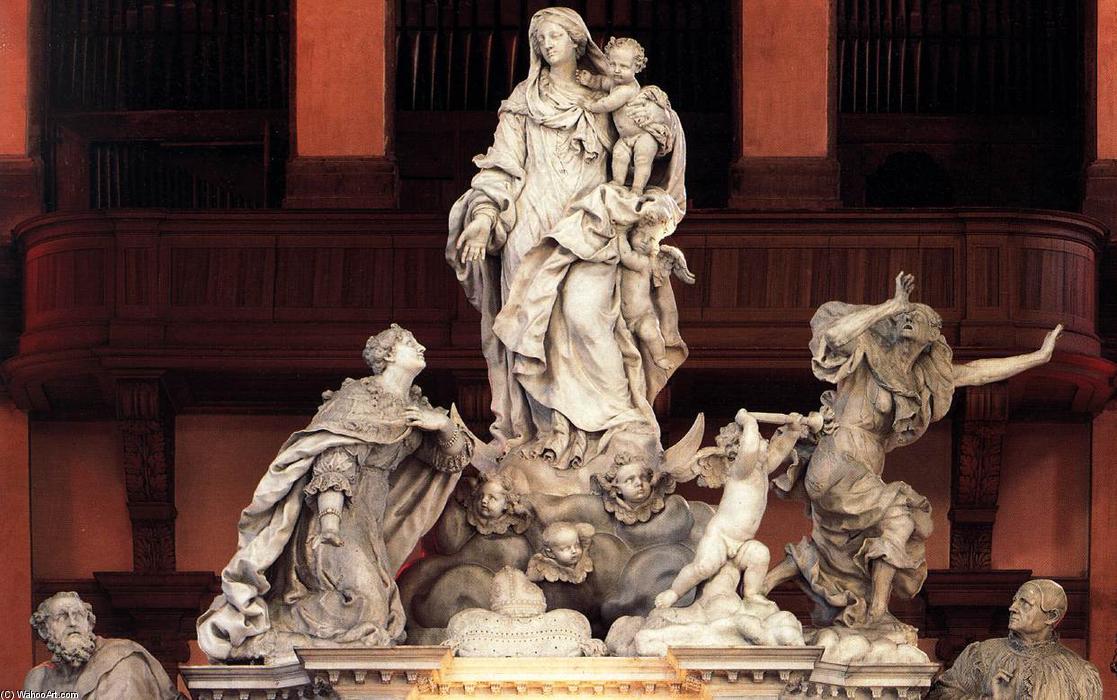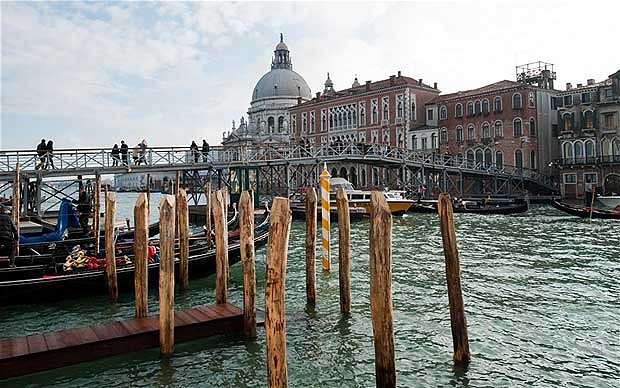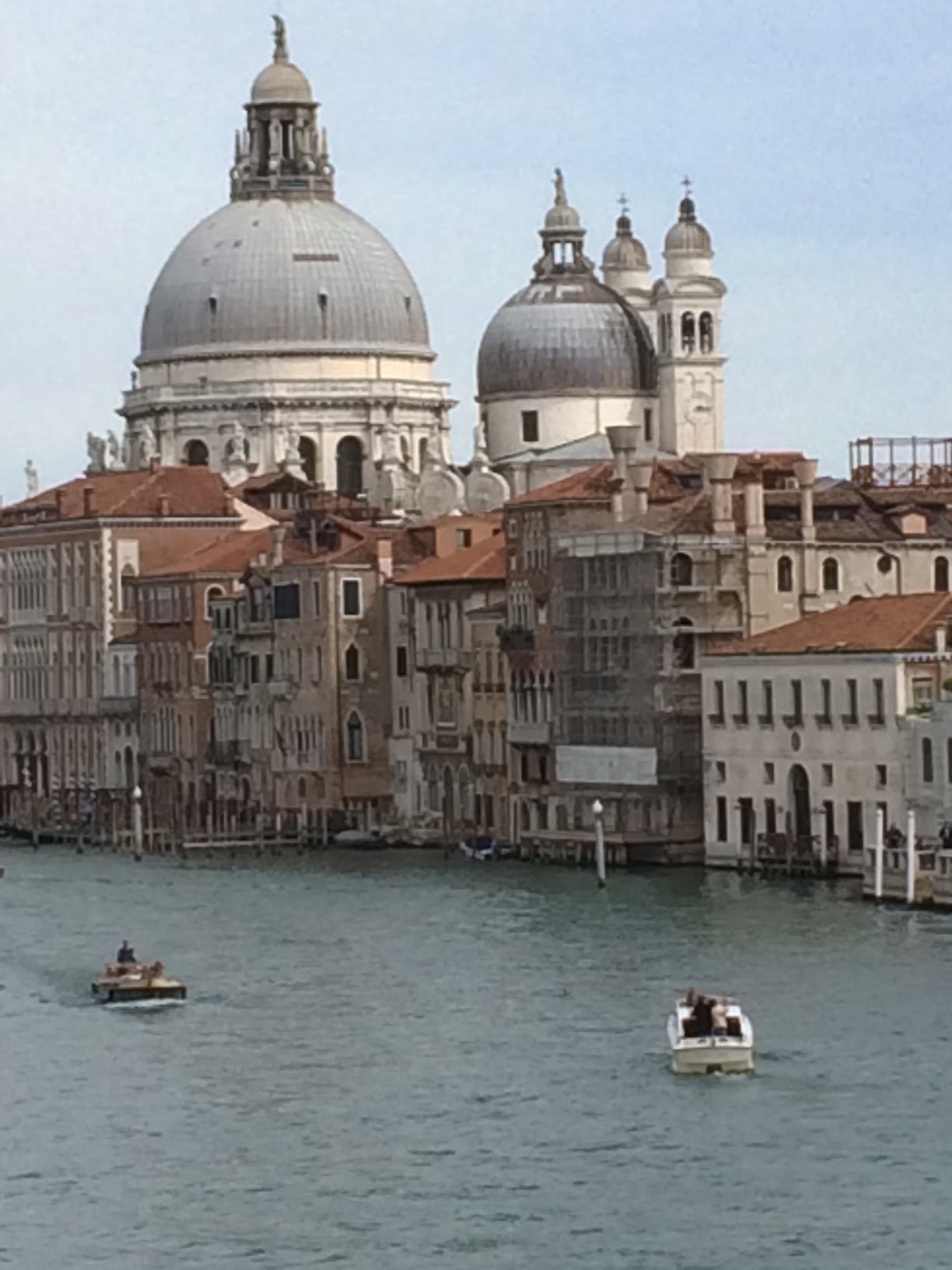
The Grand Canal in Venice (April 2017, photo by S. Morris)
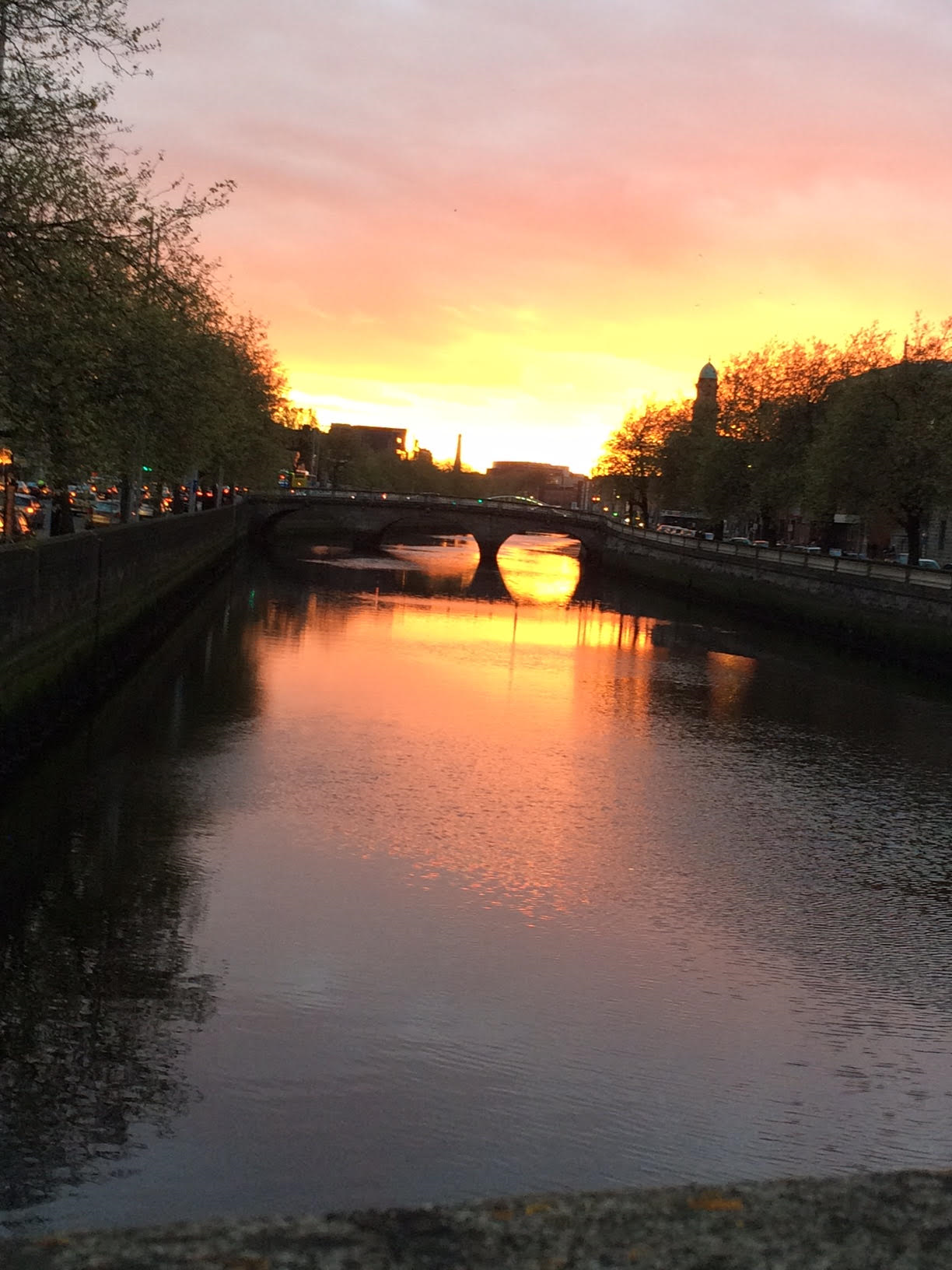
Sunset on the River Liffey in Dublin (April 2017, photo by S. Morris)
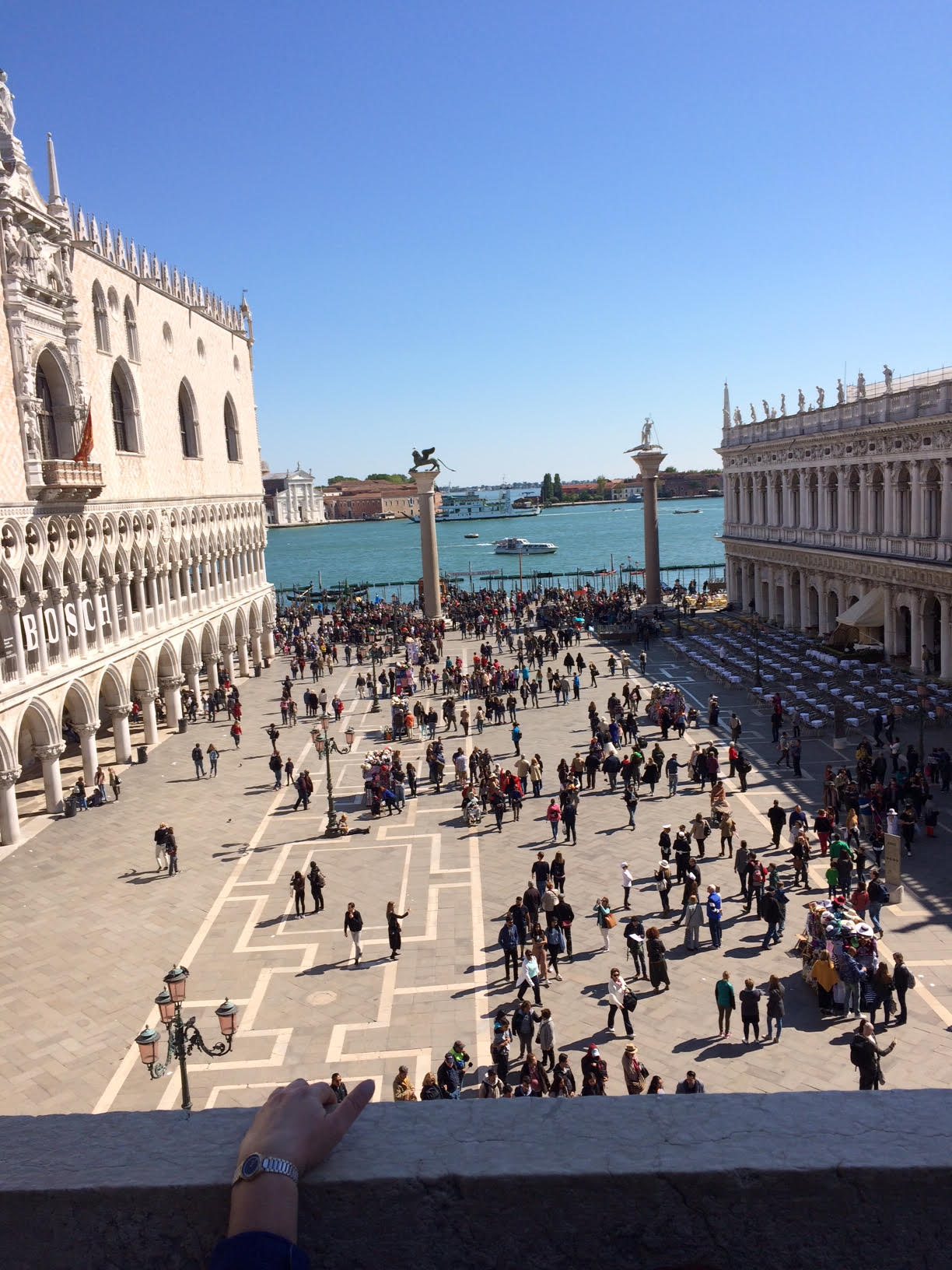
St. Mark’s Square in Venice (April 2017, photo by S. Morris)
I was lucky enough to spend a week in Venice and a week in Dublin during April with my partner Elliot. (We also spent the week in Venice with longtime friends, a couple from New Jersey.) If you follow me on Facebook, you may recognize the photos above. I hope to share a few of my travel experiences in posts here over the next few weeks.
We encountered chill and rainy weather the first day in Venice but the rest of the trip was warm and sunny in Venice; the weather was a bit chilly in Dublin but fairly dry, although there was a brief and sudden hailstorm at one point!
Venice calls out for a novel to be set there. Parts of Ireland have already appeared in Come Hell or High Water and additional regions of Ireland will be the setting of the novel I am currently working on (Earth to Earth, Ashes to Ashes); there could easily be additional novels set in Ireland as well.
There was a surprising similarity between Dublin and Venice that I had not expected. Each city is beautiful, although in very different ways. Both have legends and ancient tales stalking the shadows of their streets. But both also depend on the water for their history and existence. Both were built on swamps and mud flats, although the ground beneath Dublin is somewhat more solid than that under Venice. Both feature a variety of fish and seafood in their traditional cuisines (making them perhaps strange places to go after the long weeks of no meat and only fish during Lent). 😉
We just got back to New York. I’m still unpacking and doing laundry. But I look forward to sharing more about this April 2017 trip with you in the next few weeks.

